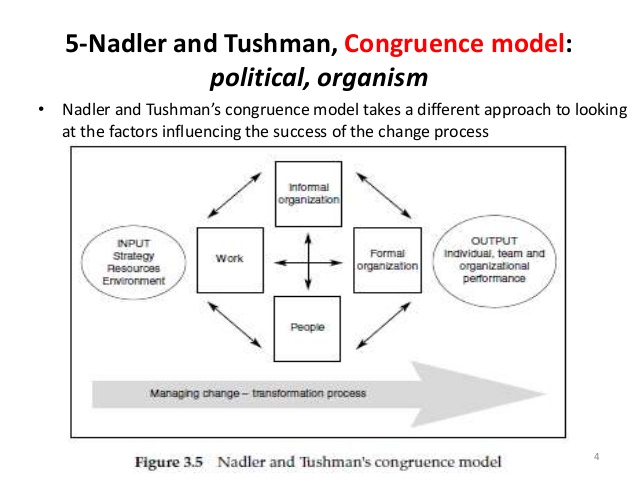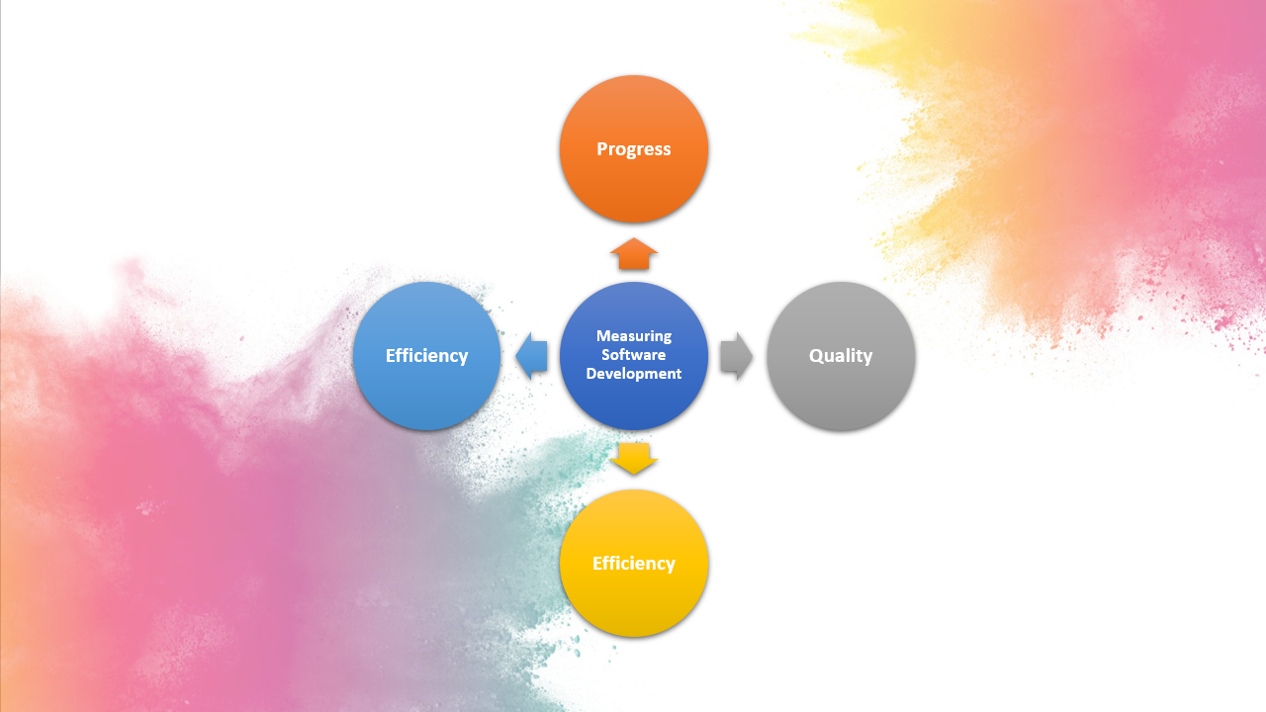The Role Of Nadler And Tushman’S Congruence Adopted To Traditional IT Governance
Written on July 23rd , 2014 by Sabarish Muthumperumal
The congruence model states that the components of any organization exist together in various states of balance and consistency and that the effectiveness of the organization is a function of the degree of fit. Applied to IT governance, the relationships that exist between the business divisions and the IT department charged with delivering technology solutions are paramount in determining the success of any technology initiative.
A poorly executed IT initiative is often plagued by large number of application defects, support tickets and user complaints. Initial analysis usually point toward unrealistic deadlines, poor business requirements, lack of business participation in the design process, missed or misunderstood requirements, poor technology choice or quality of technology talent deployed. However, in depth analysis will often reveal that the business and IT never were aligned or invested in each other. From requirements input to application delivery, through engineering activities, developers, informal and formal organization structures the feedback loops are often dysfunctional or nonexistent.
An IT team that embeds itself within the business process responds better to business requirements and changes, increasing the relevance, adoption and usage of the solution that it produces.

